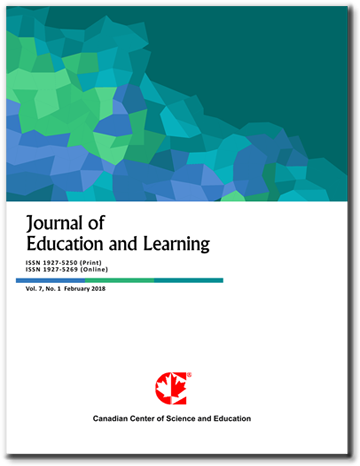From Labels to Profiles: Using Discriminant Analysis to Deepen Post Hoc ANOVA Results
- Gary J. Conti
Abstract
In educational research, the Analysis of Variance (ANOVA) is a cornerstone method for detecting differences among group means. Yet, post hoc test results are often reported superficially—merely identifying which groups differ without explaining how or why. This paper introduces discriminant analysis as a complementary multivariate technique that deepens the interpretation of post hoc ANOVA results by moving beyond group labels to develop rich, descriptive profiles of group characteristics. It provides a step-by-step guide for applying discriminant analysis to the homogeneous subsets identified in post hoc testing, including specific recommendations for accessible software options such as SPSS, Excel with add-ins, and the open-source R programming language. To illustrate this method, data are presented from a national study of Japanese nursing educators, in which initial ANOVA and post hoc tests revealed significant differences in teaching style across educational philosophy clusters. Applying discriminant analysis yielded detailed profiles that clarified the distinction between Teacher-Centered and Learner-Centered orientations, transforming the findings from basic group differences to actionable insights. This enhanced method bridges the gap between statistical significance and interpretability, offering clear benefits for educators, researchers, and policymakers. By integrating ANOVA, post hoc testing, and discriminant analysis, researchers can move from detecting group differences to fully describing them, enriching both methodological rigor and practical application across educational and social science research.
- Full Text:
 PDF
PDF
- DOI:10.5539/jel.v15n2p1
Journal Metrics
Google-based Impact Factor (2021): 1.93
h-index (July 2022): 48
i10-index (July 2022): 317
h5-index (2017-2021): 31
h5-median (2017-2021): 38
Index
Contact
- Grace LinEditorial Assistant
- jel@ccsenet.org
